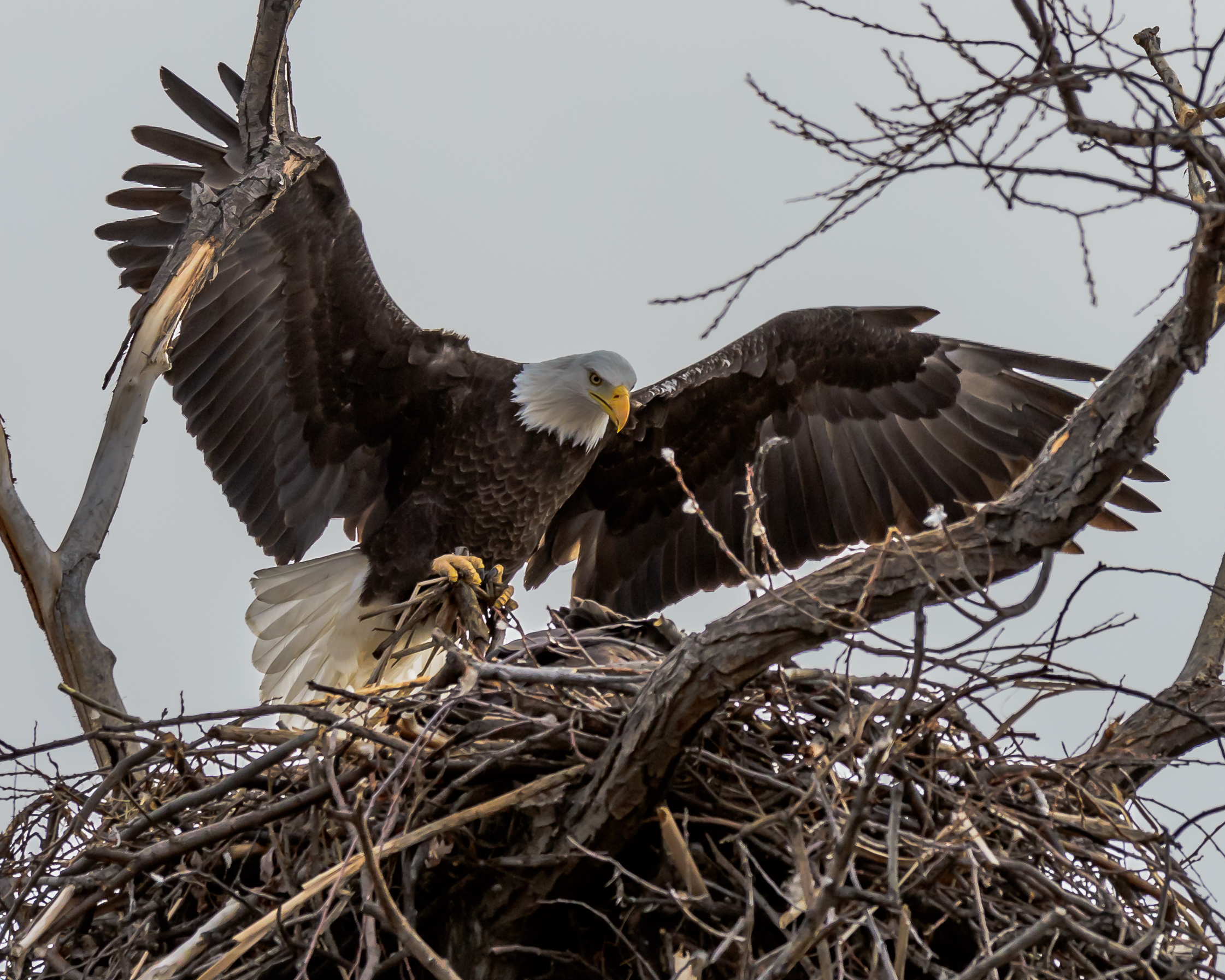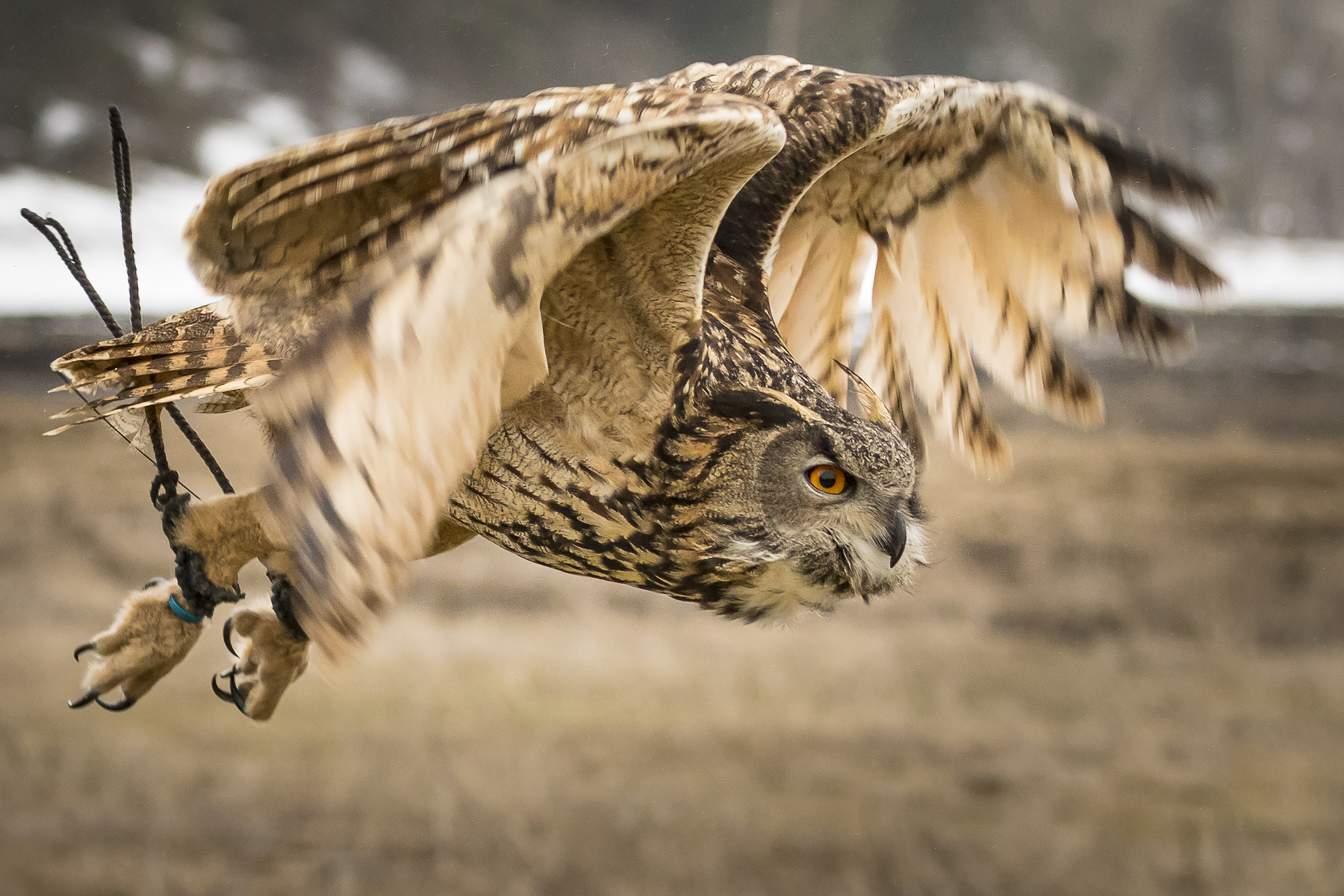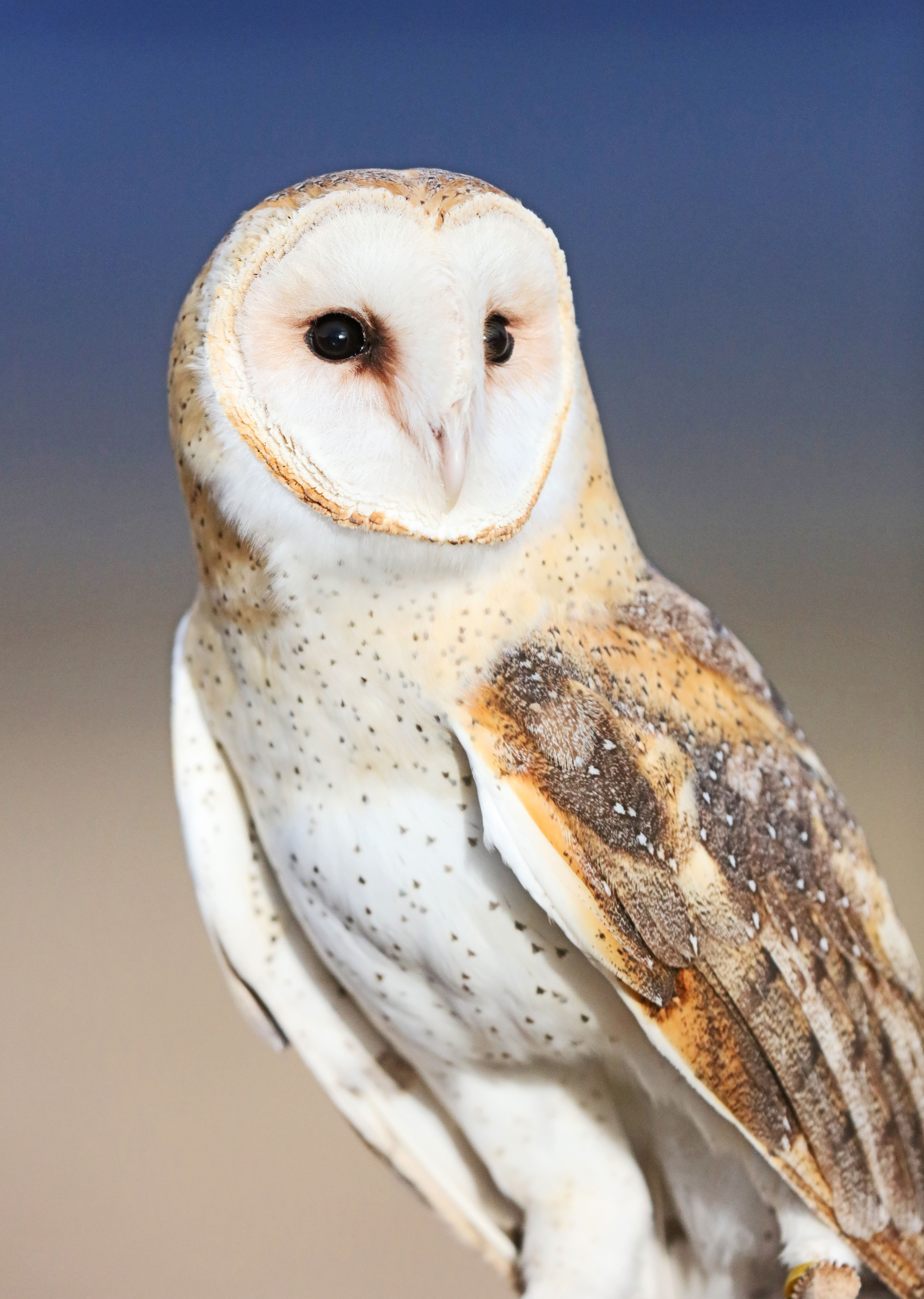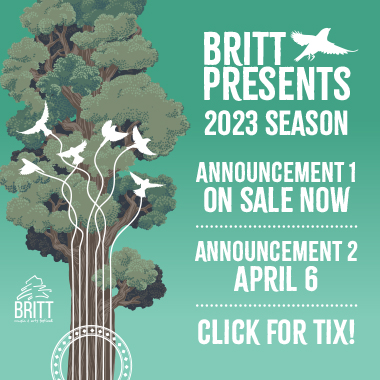By Dan Shryock


The Klamath Basin is one of the most popular birding destinations in the United States thanks to its network of lakes, vast wetlands and the Pacific Flyway – a major route for migratory birds from Alaska to Patagonia in South America. Start your search by visiting the Discover Klamath Welcome Center in Klamath Falls and picking up the Klamath Basin Birding Trails Guide with its list of what to look for and where to look. Then head for the wetlands. The Klamath National Wildlife Refuge Complex, stretching from the Klamath Marsh National Wildlife Refuge to the north and the Tulelake National Wildlife Refuge to the south, provides more than 200,000 acres of habitat. There also are great birding spots within the city of Klamath Falls. There are some favorites. Perhaps No. 1 for most beginning birders is the Bald Eagle. The basin is home to the largest concentration of wintering Bald Eagles in the lower 48 states – typically numbering 500 to 700 eagles each year. “The Bald Eagles are arriving now,” local birder Diana Samuels says. “We’re checking telephone poles and trees for those.”

“The weather in mid-February is generally fairly good,” Samuels says, pointing out that Klamath County is famous for its 300 days of sunshine each year. “That’s 300 days of great birding. It’s usually clear, sunny and good weather for driving around and viewing birds.” With so much sun, there’s good birding conditions throughout the migration calendar.
“We start to see the American White Pelicans arriving in the spring,” Samuels says. “Those congregate near Putnam Point (on the south edge of Upper Klamath Lake). You can see these gorgeous pelicans flying around until mid-May. You can find a variety of birds using the refuges year-round to feed, mate and raise their babies.”
Visit in April and May and see the Western and Clark’s Grebes performing their courtship ritual, dancing on the water surface in pursuit of mates. July? There are the Greater Yellowlegs and Long-billed Dowitchers. October? The Rough-legged Hawk and Barrow’s Goldeneye. November? The Tundra Swan’s fall migration. Then the Bald Eagles begin their return in December.
Passionate bird watchers and wildlife photographers visit Klamath Falls each February for the annual Winter Wings Festival, a four-day celebration of all things feathered, says Samuels, co-coordinator of the event. This year’s 39th annual event, scheduled on Feb. 15-18 during Presidents’ Day Weekend, already expects nearly 400 attendees and can accept even more registrations for a series of birding tours and workshops. Professionals and local guides will help birders and photographers get the best possible views of as many as 130 species of birds.
Winter Wings Festival
Klamath Birding Info


